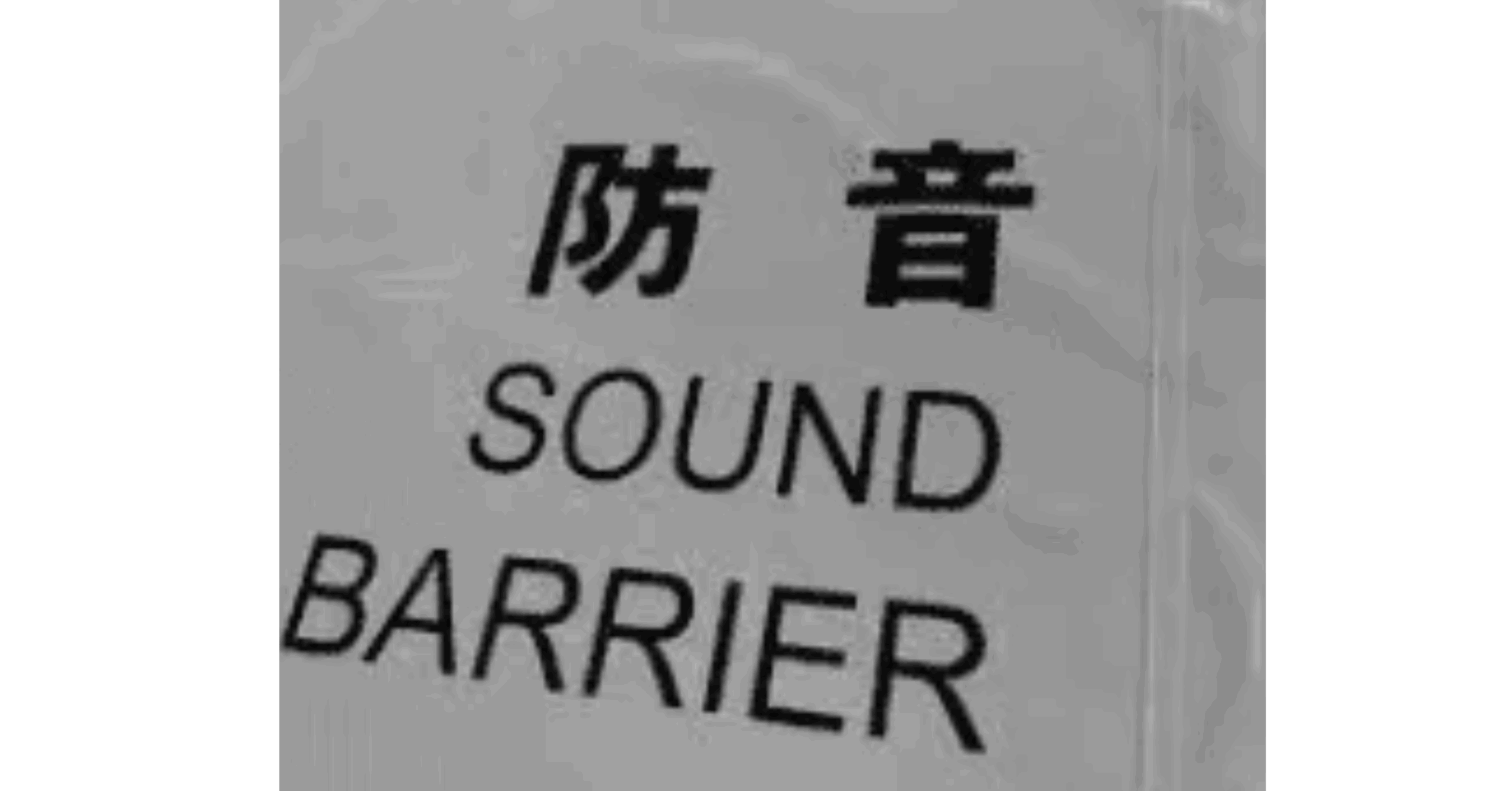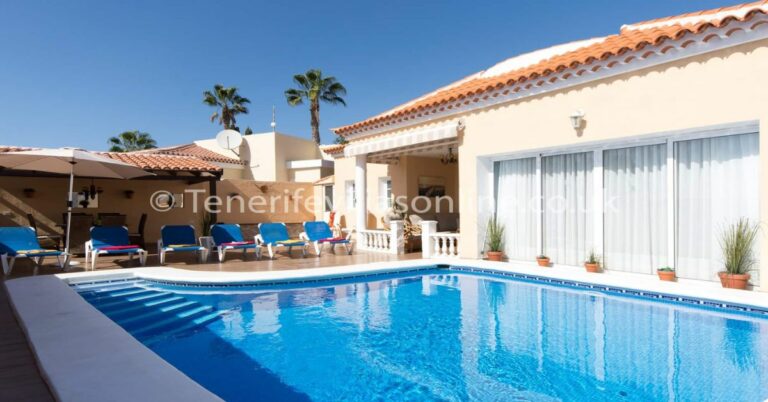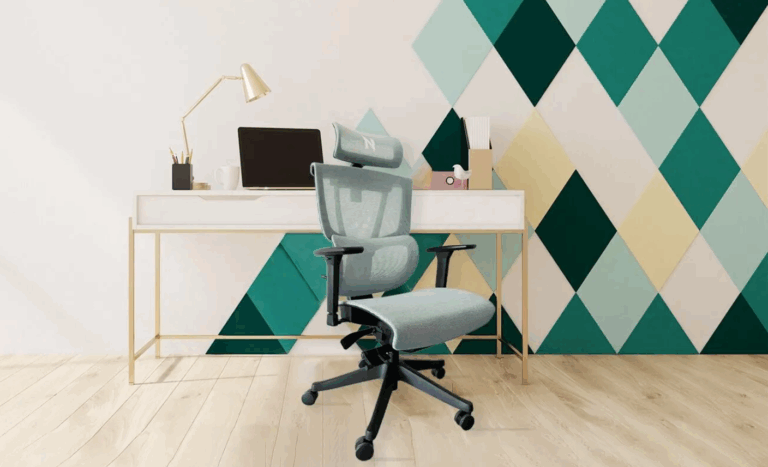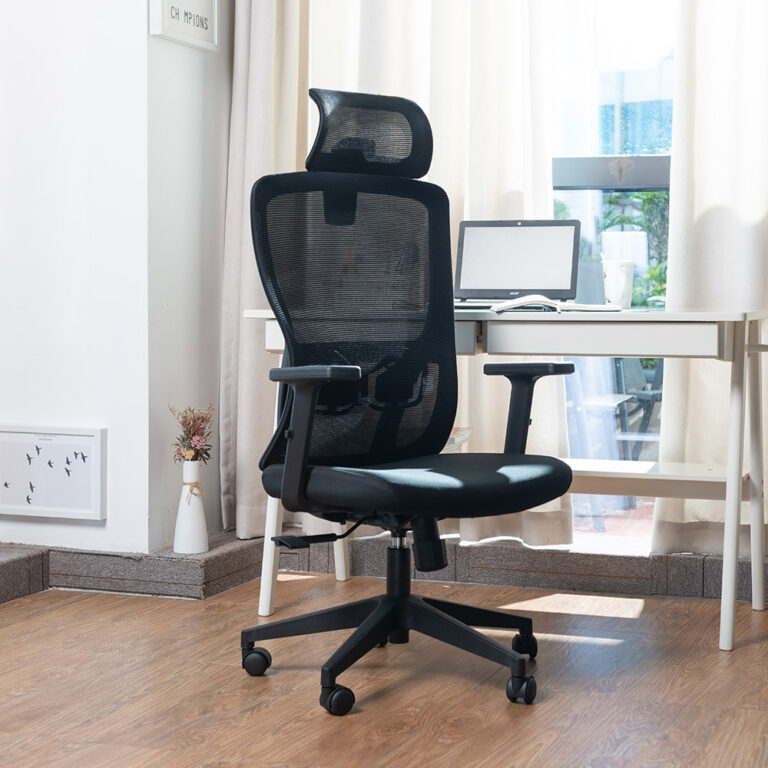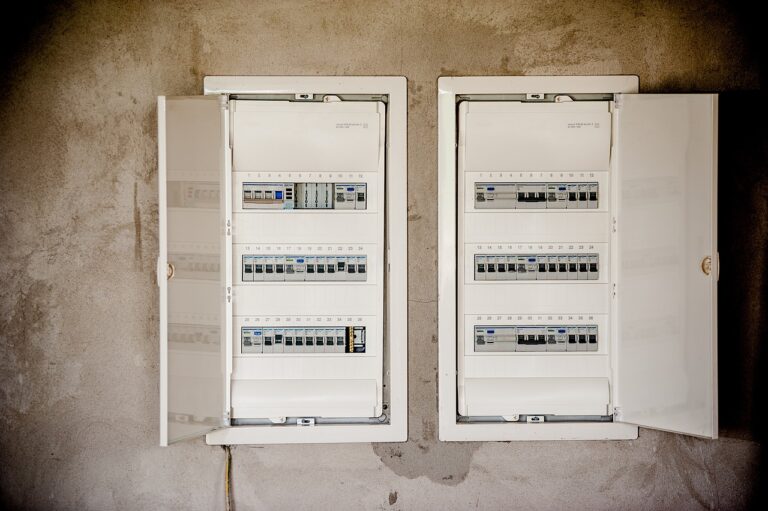Understanding the Benefits and Applications of Sound Barrier Sheet in Noise Control
In today’s world, where urban development, traffic congestion, and industrial activities are on the rise, managing noise pollution has become increasingly important. One of the most effective solutions in modern noise control systems is the use of a Sound Barrier Sheet This innovative material is widely recognized for its ability to reduce noise transmission, offering both residential and industrial sectors an affordable and efficient way to manage sound levels.
A Sound Barrier Sheet is typically constructed from PVC (polyvinyl chloride) or other high-density materials that are designed to absorb, block, or deflect sound waves. These sheets are often flexible, durable, and lightweight, making them easy to install in a variety of environments. Whether used in construction sites, factories, highways, or residential developments, these sheets provide a layer of acoustic protection that helps improve the quality of life and ensures compliance with local noise regulations.
Why Noise Control is Crucial
Noise pollution is not just a nuisance—it’s a serious environmental concern. According to the World Health Organization (WHO), long-term exposure to high levels of noise can lead to several health problems, including hearing loss, sleep disturbances, stress, and cardiovascular issues. For businesses and municipalities, failure to manage noise properly can result in regulatory fines, community complaints, and even operational shutdowns in severe cases.
In urban environments, especially in densely populated regions, noise barriers play a critical role in maintaining a livable atmosphere. By using effective acoustic solutions like Sound Barrier Sheets, stakeholders can mitigate the adverse effects of unwanted sound and foster healthier, more productive living and working conditions.
What is a Sound Barrier Sheet?
A Sound Barrier Sheet is an acoustic product engineered to resist the transmission of airborne sound. Typically made from multi-layered materials—such as PVC laminated with fabric or foam—it is designed to act as both a sound absorber and a sound blocker. The effectiveness of the barrier depends on its density, thickness, and the specific composition of the materials used.
The design of these sheets allows them to absorb sound energy on contact, thereby reducing the decibel level of noise that passes through. Some high-performance variants also feature weatherproof and UV-resistant properties, allowing them to be used both indoors and outdoors under varying environmental conditions.
Applications of Sound Barrier Sheets
1. Construction Sites:
Noise from construction equipment, demolition work, and machinery is a major concern in urban development. Sound barrier sheets are commonly used on temporary fencing or scaffolding to isolate construction noise from the surrounding neighborhoods. They can significantly reduce noise levels, helping developers comply with local ordinances and minimize community disruption.
2. Roadways and Highways:
Traffic noise is a persistent problem, especially near busy highways. Sound barrier sheets can be installed along fencing, retaining walls, or bridge parapets to reduce the impact of vehicular noise on nearby residential or commercial areas. Their ease of installation and modularity make them a practical solution for transportation departments.
3. Industrial Facilities:
Factories, power plants, and manufacturing units often generate significant mechanical noise. Installing sound barriers around noisy equipment or perimeter areas can help reduce sound emissions, improve workplace conditions, and comply with occupational safety standards.
4. Events and Entertainment Venues:
Concerts, festivals, and outdoor events often require temporary sound control solutions. Sound barrier sheets can be quickly deployed to contain noise within the venue, preventing disturbances to nearby communities and ensuring compliance with event permits.
5. Residential Properties:
In urban or mixed-use developments, homeowners and building managers may use sound barrier sheets to improve indoor comfort. These barriers can be used on walls, ceilings, or windows to block external noise from roads, neighbors, or machinery.
Advantages of Using Sound Barrier Sheets
Easy Installation and Portability:
Most sound barrier sheets are designed for hassle-free installation. They come with grommets, velcro straps, or eyelets, allowing them to be hung, wrapped, or mounted with minimal tools and effort. Their lightweight nature makes them ideal for temporary or portable applications.
Weather and UV Resistance:
High-quality sheets are built to withstand outdoor elements, including rain, sun exposure, and fluctuating temperatures. This makes them a suitable choice for long-term outdoor applications.
Cost-Effective Noise Control:
Compared to permanent structures like concrete walls or acoustic enclosures, sound barrier sheets offer a more affordable solution. They are reusable and versatile, making them a cost-efficient option for many industries.
Improved Acoustic Performance:
These sheets can significantly reduce noise levels by as much as 15–30 dB, depending on their specifications. This can make a substantial difference in environments where noise levels must be closely controlled.
Choosing the Right Sound Barrier Sheet
When selecting a sound barrier sheet, it’s essential to consider the specific needs of your application. Here are a few key factors to keep in mind:
-
Sound Transmission Class (STC) Rating: This rating indicates how effectively the sheet blocks sound. Higher STC ratings mean better noise isolation.
-
Material Composition: Multi-layered materials with foam or fiberglass offer better performance in absorbing and blocking sound.
-
Durability: Choose sheets that are resistant to tearing, moisture, and UV rays, especially for outdoor use.
-
Fire Resistance: For indoor or public applications, fire-retardant materials are recommended for added safety.
-
Customization: Some manufacturers offer custom sizes, colors, or printed branding for added aesthetic or marketing appeal.
Future Trends in Noise Control Solutions
As technology and materials science advance, sound barrier solutions are also evolving. Newer products are being developed with smart features, such as integrated sensors for noise monitoring, modular designs for quick reconfiguration, and eco-friendly materials that reduce environmental impact. Furthermore, aesthetic improvements are being made to ensure that sound barriers blend seamlessly into their environments, especially in urban and residential applications.
Sustainable design is also gaining traction. Manufacturers are beginning to offer recyclable and low-emission sound barrier sheets to meet growing environmental regulations and consumer expectations. This means the future of noise control may not only be more efficient but also more eco-conscious.
Conclusion
In an increasingly noisy world, effective sound management is more important than ever. The Sound Barrier Sheet stands out as a versatile, cost-effective, and highly efficient solution for a wide range of noise control applications. From construction sites and highways to residential buildings and industrial facilities, these sheets provide a reliable shield against unwanted sound. By investing in quality sound barrier solutions, businesses and individuals can enhance comfort, improve safety, and contribute to a quieter, healthier environment.
Whether you are dealing with urban noise or industrial machinery, the right acoustic barrier can make a significant difference. As awareness and regulation of noise pollution continue to rise, adopting advanced soundproofing technologies like Sound Barrier Sheets will be a proactive step toward a more sustainable and livable future.

